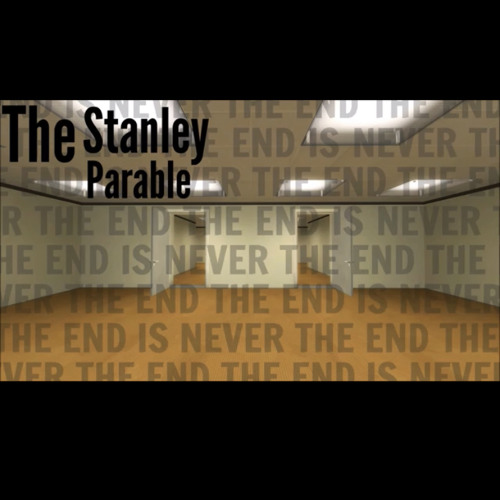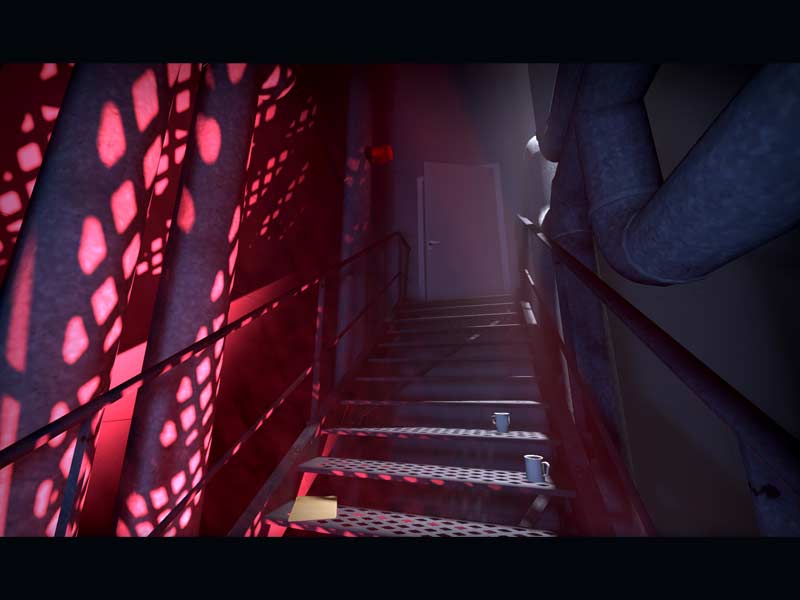

This is the first real defining moment of the game, one which the player will return to again and again: will you side with the Narrator and do what they say, thus surrendering a degree of your independence and free will? Or will you rebel against them and risk sending both the story and the game itself toward destruction and ruin?

“When he came to the two open doors, Stanley chose the door on his left,” the Narrator declares as you enter the room. One of the first rooms the player enters in Stanley contains two identical doors that lead in different directions.

In Stanley, the whole game is the puzzle, a mystery of navigation and freedom of choice. Neither Gone Homenor Stanley is about solving tricky puzzles or navigating complex mazes. The controls in both games are very limited: look around by moving the mouse, move around with WASD, crouch if you really want to, and don’t even bother trying to jump.

Gone Home and Stanley are both games that ask the player to slow down, take their time, and get to know their environment. “Please, please don’t go digging around trying to find out where I am.”-Gone Home First, what was in the drinking water in 2013? And second, what did these two indie games manage to do with story and gameplay that had everyone once again questioning what, exactly, the definition of “video game” is in the first place? He sets out to explore the empty office building to figure out what happened to them.įor me, this comparison raises two important questions. A man named Stanley is at work one morning when he realizes that all his coworkers have disappeared. The Stanley Parable (2013) is a first-person exploration game built within the framework of a story. She sets out to explore the empty house to figure out what happened to them. A girl named Kaitlin returns home after a year of studying abroad to find that her family is not waiting to meet her. Gone Home (2013) is a story built within the framework of a first-person exploration game.


 0 kommentar(er)
0 kommentar(er)
